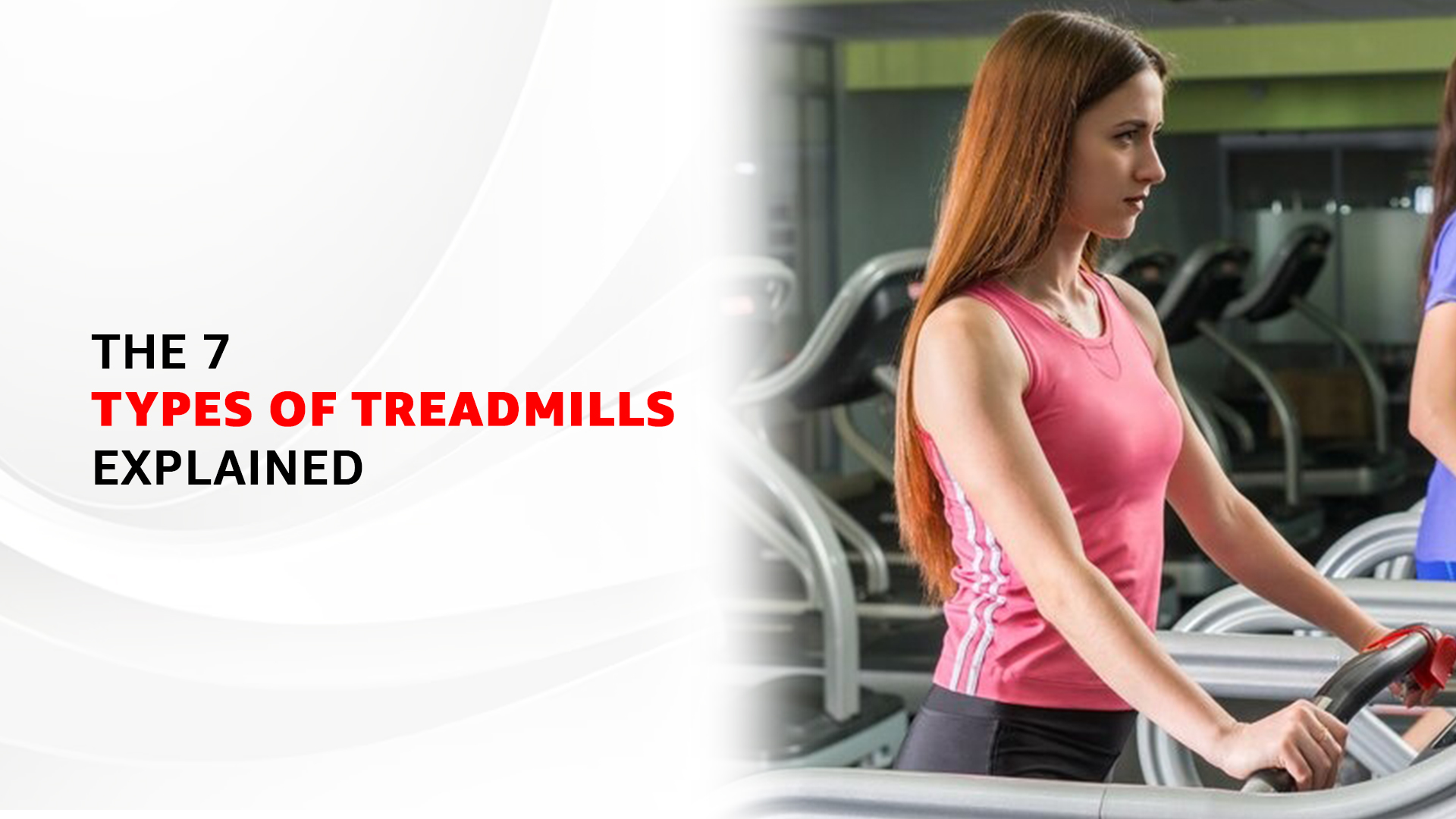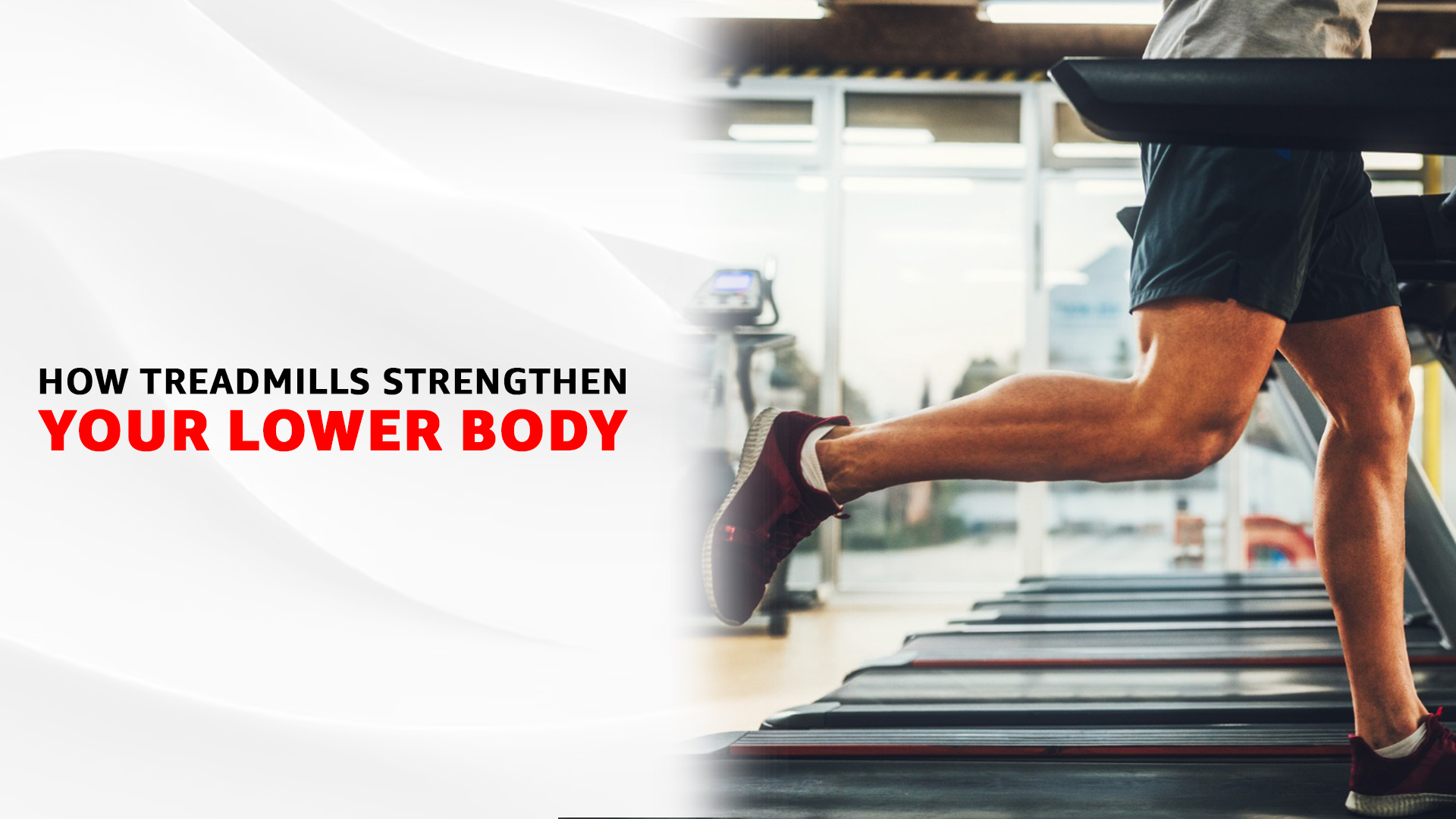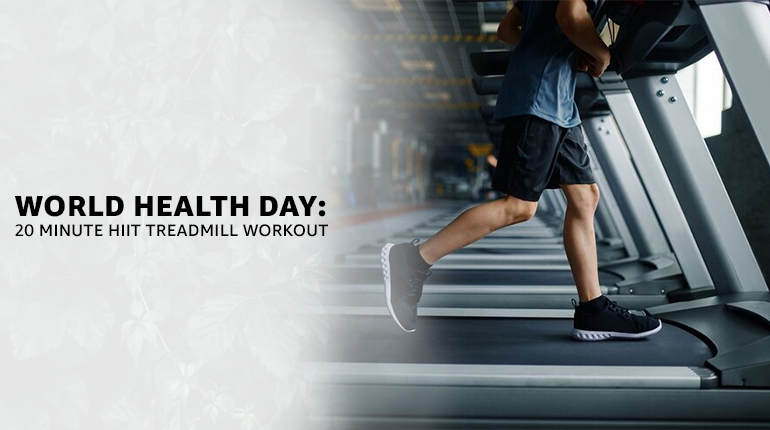7 Types of Treadmills – Finding the Perfect Treadmill for Your Goals

Treadmills have become a staple in home gyms and commercial fitness centers alike, offering convenience, versatility, and effective cardiovascular workouts. However, with a plethora of options available on the market, choosing the perfect treadmill for your specific goals can be a daunting task. From basic manual treadmills to high-tech smart models, various types of treadmills caters to different needs and preferences. In this comprehensive guide, we’ll explore various treadmill types and help you find the ideal one to achieve your fitness objectives.
1. Manual Treadmills
Manual treadmills are the simplest and most budget-friendly types of treadmills available. They operate without a motor, relying solely on the user’s movement to power the belt. While manual treadmills are compact and easy to store, they require more effort to operate, making them suitable for individuals seeking a challenging workout experience. These treadmills are often preferred by walkers and joggers looking for a basic yet effective cardio workout.
2. Motorized Treadmills
Motorized treadmills, on the other hand, are equipped with powerful motors that drive the belt. This allows users to adjust speed and incline levels at the touch of a button. When it comes to running, these treadmills are more consistent and smoother than manual models. They are suitable for a wide range of users, from beginners to advanced athletes, and come with various built-in programs and features to enhance workouts and track progress.
3. Folding Treadmills

Next, folding treadmills are designed with space-saving in mind. They feature a folding mechanism that allows the deck to be lifted and locked into a vertical position when not in use, making them ideal for homes with limited space. Despite their compact size, folding treadmills offer the same performance and functionality as non-folding models. This makes them a popular choice for home gym enthusiasts who prioritize convenience and versatility.
4. Non-Folding Treadmills
Non-folding treadmills are typically the types of treadmills found in commercial gyms and high-end home setups. Unlike folding treadmills, they do not have a folding mechanism and are larger and heavier in size. Non-folding treadmills offer superior stability and durability, making them suitable for intense workouts and heavy use. They often come with advanced features such as larger running surfaces, more powerful motors, and enhanced cushioning systems for maximum comfort and performance.
5. Smart Treadmills
Smart treadmills represent the latest evolution in treadmill technology, integrating advanced connectivity and interactive features to enhance the workout experience. These treadmills are equipped with touchscreens or can be paired with mobile devices, allowing users to access virtual training programs, personalized workouts, and real-time performance tracking. Additionally, smart treadmills also offer connectivity to fitness apps and social networks, enabling users to compete with friends, share achievements, and stay motivated.
6. Commercial Treadmills

Commercial treadmills are built to withstand the heavy daily use in commercial facilities such as gyms, health clubs, and hotels. They are constructed with durable materials and components, including high-quality motors, robust frames, and commercial-grade running belts. Commercial treadmills offer advanced features, customizable workout programs, and intuitive controls to accommodate the diverse needs of gym members and fitness professionals.
7. Rehabilitation Treadmills
Rehabilitation treadmills are specifically designed for physical therapy and injury recovery purposes. They feature low-speed settings, safety handrails, and additional stability features to assist users with balance and mobility issues. Rehabilitation treadmills are types of treadmills commonly used in clinical settings and rehabilitation centers. Additionally, they help patients regain strength, mobility, and independence following surgery or injury.
Conclusion
Finally, choosing the perfect treadmill for your goals requires careful consideration of various factors. Consider your fitness level, space limitations, budget, and desired features. However, whether you’re a casual walker looking to improve cardiovascular health or an elite athlete training for a marathon, there’s a treadmill type suited to your needs. By understanding the different types of treadmills available and their respective benefits, you can make an informed decision and invest in a treadmill that will help you achieve your fitness goals effectively and efficiently.
Categories
Tags
Recent Posts

Budget vs. Premium Treadmills: What’s the Real Difference?
July 27, 2024Folding Treadmills vs. Non-Folding Treadmills: Which is Right for You?
May 25, 2024
How Treadmill Running Strengthens Your Lower Body
May 4, 2024
